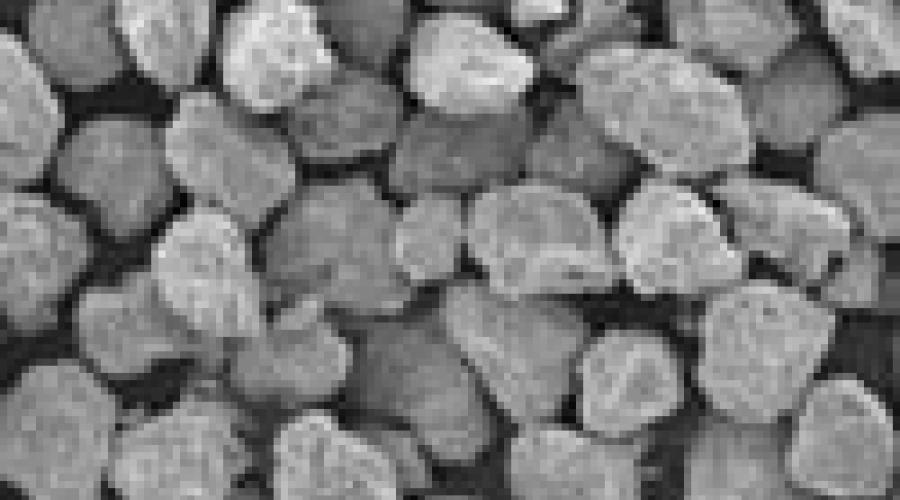
Greek company PIROGENESIS, has developed know-how on the production of nanocrystalline coatings using thermal spray technologies. The research that was implemented as part of the European project 'Nanospraying', which is co-funded by the 5th Framework Programme for EU research, concerns nanocrystalline structures that offer improved mechanical and optical properties on coatings (e.g. surface hardness, resistance to wear etc.). Seven bodies (universities, research centres and corporations) from Belgium, France, Greece and Italy participated in the project.
The techniques usually used to deposit nanocrystalline coatings are natural or chemical steam deposition, electro-deposition or sol-gel techniques. PIROGENESIS however, studied the thermal spraying technologies which have not been extensively tested, mainly due to the high temperatures involved. In particular, thermal spray techniques (spraying with plasma, flame, arc, High Velocity Oxygen Fuel flame) are based on supplying the coating material in a wire or powder form to a heat well (flame or plasma) of high kinetic and thermal energy. When the material's particles, that have either melted completely or have melted only at the surface, come into contact with the cold surface that is destined for coating, the melted material is solidified instantly, creating a layer with a chemical composition similar to that of the spray material.
The heat that the material receives during spraying, but also during the deposition of a substrate until the full development and de-freezing of the coating, activates the conversion of the thermodynamically metastable nanocrystalline structure to a thermodynamically more stable structure with a higher grain size. The result is nanocrystal growth, which may be accompanied by a transformation during the initial phases. Therefore, the challenge of implementing thermal spray techniques is in regulating the spraying conditions so that the sprayed particles' nanostructure is not affected but is maintained unaltered on the final coating.
The research project 'Nanospraying' deals with the process of plasma thermal spraying using nanocrystalline chromo-manganese steel powder, which is produced through milling techniques. The average particle size is 40 μm, whereas according to detailed technical measurements (X-ray diffraction, electronic microscopy) the average crystal size of those particles is 12nm. During spraying, plasma temperature exceeds 5000oC, however the coating's nanocrystalline structure is maintained, with an average crystal size of 16nm. The creation of nanocrystalline coating is feasible mainly due to the limitation of plasma enthalpy through gas ratio (Ar, H2) regulation, on the one hand, and the electric arc energy that those produce as well as the position from which the powder is supplied into the plasma, on the other. Furthermore, additional experiments proved that the production of nanocrystalline coatings is feasible by using nanocrystalline powders and other materials, such as wolfram carbide (WC) and alumina.
The nanocrystalline coating through spraying, carried out by PIROGENESIS, was tested on single-cylinder aluminium motorcycle engines by Italian motorcycle manufacturer Aprilia - also a participant in the project. The tests showed that the coating protects the cylinder's aluminium sleeve from wear due to friction, extending its life expectancy. Moreover, it offers the option to safely increase the engine's operational performance, due to the reduction of the friction coefficient.
PIROGENESIS is also studying the thermal spraying of activated and nanostructured powders that have been produced as a result of grinding in high-energy planetary mills (acceleration range 28-50 g). This is part of the Activation project, which is co-funded by the 6th Framework Programme and studies the use of carbides (chromium, wolfram), hard metal alloys and ceramics (aluminium and zinc oxides-ZnO). Initial results show that in the case of WC and ZnO, the powder's particle structure is not altered during spraying.
It must be noted that, since 2002, PIROGENESIS AVEE has been active in the industrial research sector, and in particular in the production and trading of products that fall under the advanced materials category, those which are produced using thermal spray technologies. The company's primary activities are in applying coatings to industrial components according to the specific operational requirements of the customer, and restoration of worn industrial components to original dimensions and specifications. Also, the company participates in several national and European research programmes, focusing on the nanotechnology and biomaterial sectors.
PIROGENESIS AVEE
Lavrio Technology Park, 19500, Lavrio
Tel: +30 22920 23477, 22920 69203, Fax: +30 22920 69202
E-mail: Contact Form
http://www.pyrogenesis-sa.gr







